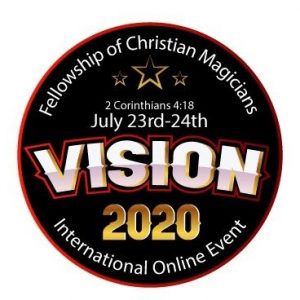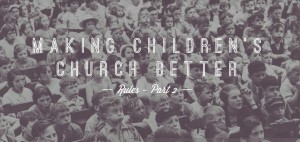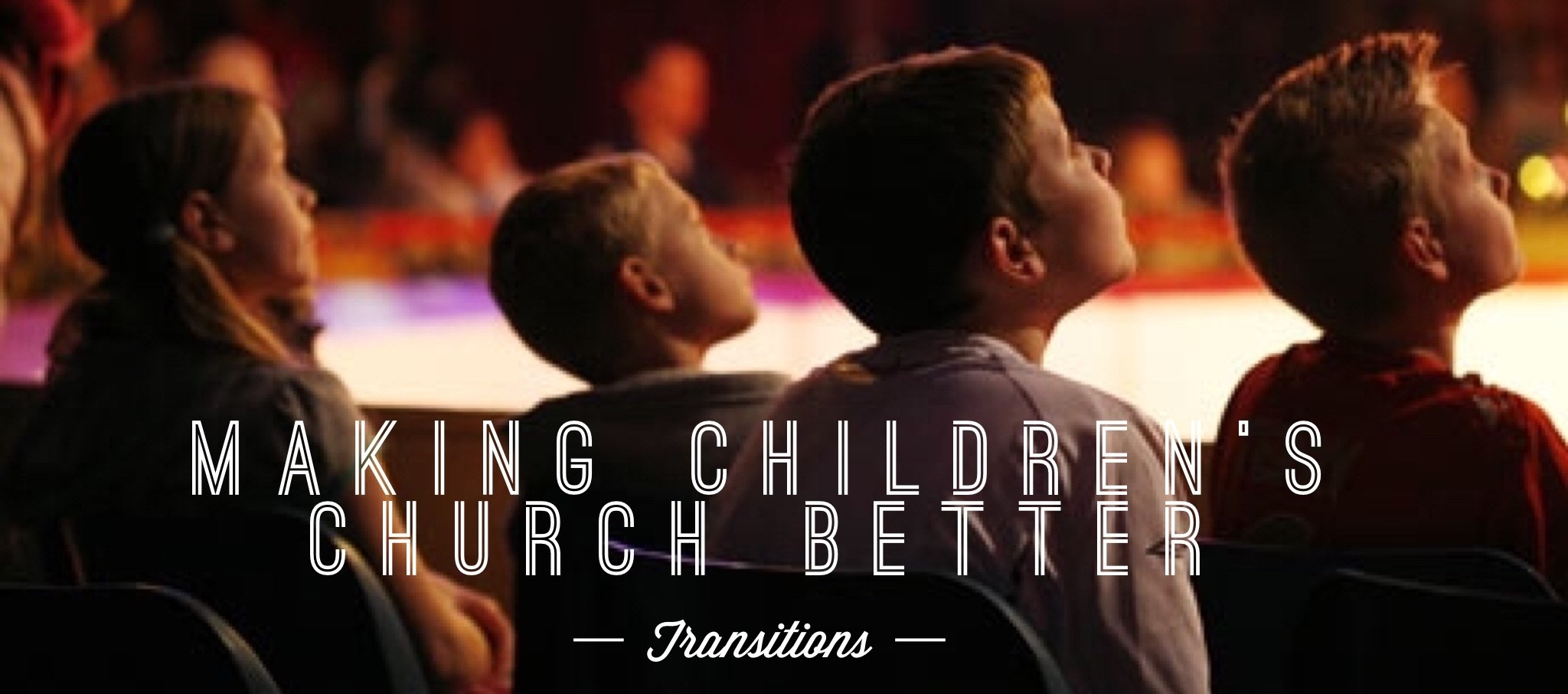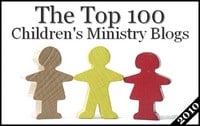
I hate rules… I really do.
I prefer to do things my way, on my time, with little to no restrictions. That’s how creative people tend to thrive. It feels like freedom – like the sky’s the limit. But I’ve come to realize that I’m sometimes most effective when parameters are defined and a specific objective has been communicated so I can creatively work toward a goal. So, I guess rules are a good thing.
And they are a good thing in your children’s church. Rules are necessary and they can help you reach your objective with kids. It can help kids reach the objective of having a better experience at church.
So without further ado – I give you my thoughts on rules in Children’s Church
Make Only a Few Rules
If you want kids to follow rules, they need to be able to remember the rules. If you give them a list of 10 rules for your hour and fifteen minute experience, it could come across as overwhelming. Kids interpret “overwhelming” as “boring” and may find the list unattainable and stress-inducing. It may cause certain children to disengage or “tune-you-out” when it comes time to review the rules – in turn, tuning-you-out during other parts of the service. If you have more than 5, consider either trimming the list or finding a way to separate the rules for specific scheduled events. For instance: if you have an activity time before and/or after the service (crafts, board games, drawing tables, video games, lego tables) there could be specific rules for that scheduled time: Keep all activities at their own tables; Walk-don’t run; Everyone gets a turn; Respect others at each activity, etc… This might help scale down your list for the service time.
Make Rules that Are Possible to Follow
Remember, these are kids. The rules in your Children’s Church need to be reachable by children. Don’t have unrealistic expectations or rules that have no purpose except for you to flex your authoritative muscle. This could be confusing for the children or, again, overwhelming.
Make Direct Rules
I believe if rules are direct, they leave little to interpret for the audience you’re teaching or ministering to. I like rules that get to the point so we can explain/review them or remind the crowd and move on. Rules like:
- “Don’t Talk With out a Microphone.”
- “Don’t Leave Your Seat Without Permission”
- “Wear Your Name Tag”
- “Obey All Rules”
These are the rules we’ve used in our Children’s Church Experiences for over 16 years… and they’ve worked for us. Each rule is simple and direct and the last rule leaves it open if any leader would need to make a rule to fit the day or situation.
“What about sounding too negative?” I get it – I really do get what you’re asking. Instead of saying: “no talking”, say: “please stay quiet and listen” — OR — instead of saying: “Don’t Leave Your Seat”, say: “Please Say In Your Seat”. Trust me, you’re not going to offend children by being direct. But if that’s what floats your boat, be as positive as possible.
Another idea I’ve seen is using the name of the Children’s Church time as an acronym:
“KIDS Church”
- K- Keep your hands and feet to yourself
- I- If you need to speak raise your hand
- D- Don’t speak without a microphone
- S- Stay seated unless called on
(I just helped someone out there come up with some rules didn’t I?)
Announce the Rules Ahead of Time
Your children won’t know the rules unless they are reviewed each service. This accomplishes several things:
- It reminds the children what the rules are and what is expected of them during the service time. This can be done with a video announcement, someone live explaining the rules, someone explaining the rules to a character of some sort (puppet, costumed character, clown, etc).
- It allows you to confidently address an issue if a child is bending or breaking one of the rules. A leader in the room has the advantage of looking at a child or group of children and simply stating: “Remember, there’s no talking without a microphone.”
- Perhaps you need to meet with a parent following the service to discuss their child’s choice to consistently disobey the rules. You have the confidence of knowing you can refer to the rules that are reviewed each service.
So there you have Part 1. In the next post, I will discuss tailoring rules, how to handle the consequences, incentives, and some tools I’ve used for refocusing a large group while I’m teaching. What other rules would you add? What rules do you have?
Comment or share this post if you dare.
 I’ve recently decided (after years of presenting Biblical Truths to children) that learning to present an object lesson effectively is one of the “Great Equalizers” in presentation-based children’s ministries. (One of the other ones is: effective storytelling… but, that’s for another post).
I’ve recently decided (after years of presenting Biblical Truths to children) that learning to present an object lesson effectively is one of the “Great Equalizers” in presentation-based children’s ministries. (One of the other ones is: effective storytelling… but, that’s for another post).




 Rules are not a fun subject – but I believe they are necessary!
Rules are not a fun subject – but I believe they are necessary!
 I still believe that one of the best ways to minister to children is with the “Children’s Church” model.
I still believe that one of the best ways to minister to children is with the “Children’s Church” model.

